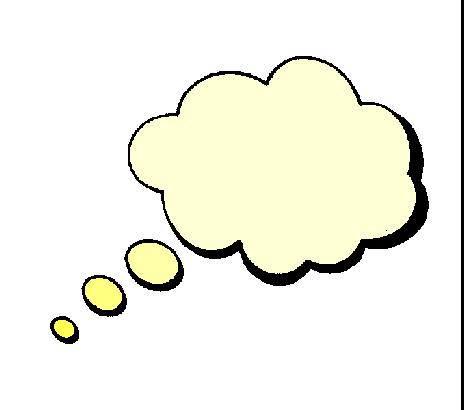E-BOOKS
The Living Archive of Aboriginal Languages website has enabled many people to access stories in many languages. Another important aspect of this collection is that it has rescued books that were endangered – some books were deteriorating over time, and some were thrown away on the rubbish heap by someone who had no idea of the value of them, and therefore lost forever.
Digital technology creates opportunities to bring new life to these old stories, by combining audio, text and image to create interactive multimedia objects.
Choosing a program to make your E-book
Some more programs for making digital books
Click on the link for some examples of e-books using multimedia from 2015 LAAL Digital Story Competition using stories from the LAAL Website.
Making an E-book, talking book, digital story
The following links give you a general idea of the preparation and process in making an e-book. The software program you choose will also have specific requirements.
Preparing, text,audio and images
Downloading text from the LAAL website
Downloading images from the LAAL Website
Here are some emerging ideas about E-books.
Will E-books ever replace the printed book? Three librarians discuss the questionin this youtube videoclip
Electronic versus Printed Book
Published May 14, 2014 on Youtube
2.14
Analysing the Features of an E-Book
This may be a useful document when developing an e-book or analysing the merits of one. It is a checklist of features that could be included in an e-book.
Reading Digital Texts
Is it the same as reading a book or a newspaper or a magazine? How do we read digital texts? Are there different ways to read digital texts?
Digital Reading Poses Learning Challenges for Students
This article by Benjamin Herold discusses how digital texts may not allow students to delve more deeply into the texts they read and what innovative ways are being developed to rectify better comprehension from digital texts. The article is from an online website Education Week that discusses many different educational issues. It is US based.
Scanning and converting to digital texts
Loose, Falling Objects and Sentences is an article by Diana Kichuk discussing the persistence of the OCR Problem in Digital Repository E-Books. Is the scanned image exactly the same as the original text? What issues may arise in the reliability and accuracy of converting the original text to a digital one?

A mobile app is now available to allow users to download items from the Living Archive directly to a mobile device. This is ideal for users who want to store all their stories on their phone or tablet to use when they’re not connected to the Internet.
The app is available now for Android on Google Play, and for iOS on iTunes.
Smart Phone Apps
Smartphone App used save endangered Indigenous Languages, report by Felicity James, ABC News, October 30 2014.
Although not an e-book, this app is supporting the use of Indigenous language learning. The short video clip is an ABC News report from the Northern Territory about the development and use of Smartphone Apps to document a language which is only spoken by a few people today.
2:02
What do you think? 
In which situations do you think e-books would be preferable to printed books for minority languages or for learning a language?
Can you think of any situations where the printed books may have an advantage over e-books?
